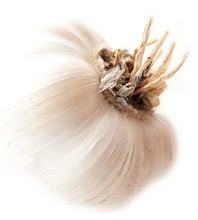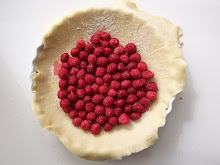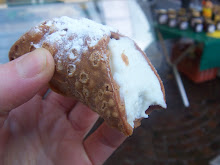
The Jewish calendar is rooted in the farming calendar, which, in biblical times, depended only on natural precipitation, ie no green houses or out of season crops. Celebrations often mark annual agricultural cycle, on occasions such as planting, first fruit, grape harvest, grain harvest and the reaping seasons.
It is not clear how and when this day turned into a fully blown lactic festival, marked with all things dairy. It is nothing short of a vegetarian fiesta bursting with anything fruit, veg and cheese from cheesecakes of sorts to quiche, pies flans, crepes and tarts celebrating the seasons’ offering.
The timing is excellent, following a long line of meat extravaganzas beginning in Passover and the traditional leg of lamb, to the traditional Passover BBQ, the Mimuna BBQ, independence day BBQ and finally, Lag Ba’omer, the night- time bonfire BBQ. For one guilt- free day meat is sidelined to the corner, and lambs, calves and chicks get to see another day. No death, dying or making sacrifices here, and all the better for it.

I recently tracked down Manouri cheese at the covered market, and whilst it is not a local cheese as such, it is local in the larger scale of thing, arriving from the relatively neighbouring Greece. The whey remaining from the production of goats’ or sheeps’ milk Feta cheese is cooked to a semi soft fresh white cheese with a texture reminiscent of ricotta. It is used in both sweet and savoury dishes, either fresh or cooked, and it really comes to life when fried. Unlike Haloumi cheese, there none of the (rather pleasing) rubbery- chewy texture. Instead, a crispy golden brown crust forms, protecting a soft and runny warm filling.
If you can’t get hold of Manouri, Haloumi cheese will make a good, yet slightly more savoury substitute.

Fried banana and Manouri crumble
Serves 2
Ingredients
2 bananas, sliced to 1cm thick rounds
100 gram Manouri cheese, crumbled
1-2 tsp good quality honey
Several mint leaves
½ lemon, zested
A pinch of cinnamon
A handful of pistachios, shelled and roasted in a dry pan
A knob of butter at room temperature, for frying
- Heat a grill pan or a griddle over medium heat. When hot, brush the banana rounds with the melted butter on both sides and fry, about a minute on each side. Set aside.
- In a clean pan, melt the butter. Add the crumbled Manouri cheese and fry, stirring frequently, until the cheese has a golden tan.
- Place the fried bananas in a serving dish or 2 individual dessert bowls and top with the fried cheese crumble.
- Using a spoon drizzle honey and sprinkle the lemon zest, mint leaves, cinnamon and roasted pistachios. Serve immediately.
Note: cherries will make an equally wonderful substitute, as would apples and pears, when in season. The addition of crushed gingerbread cookies would not go a miss either.
























